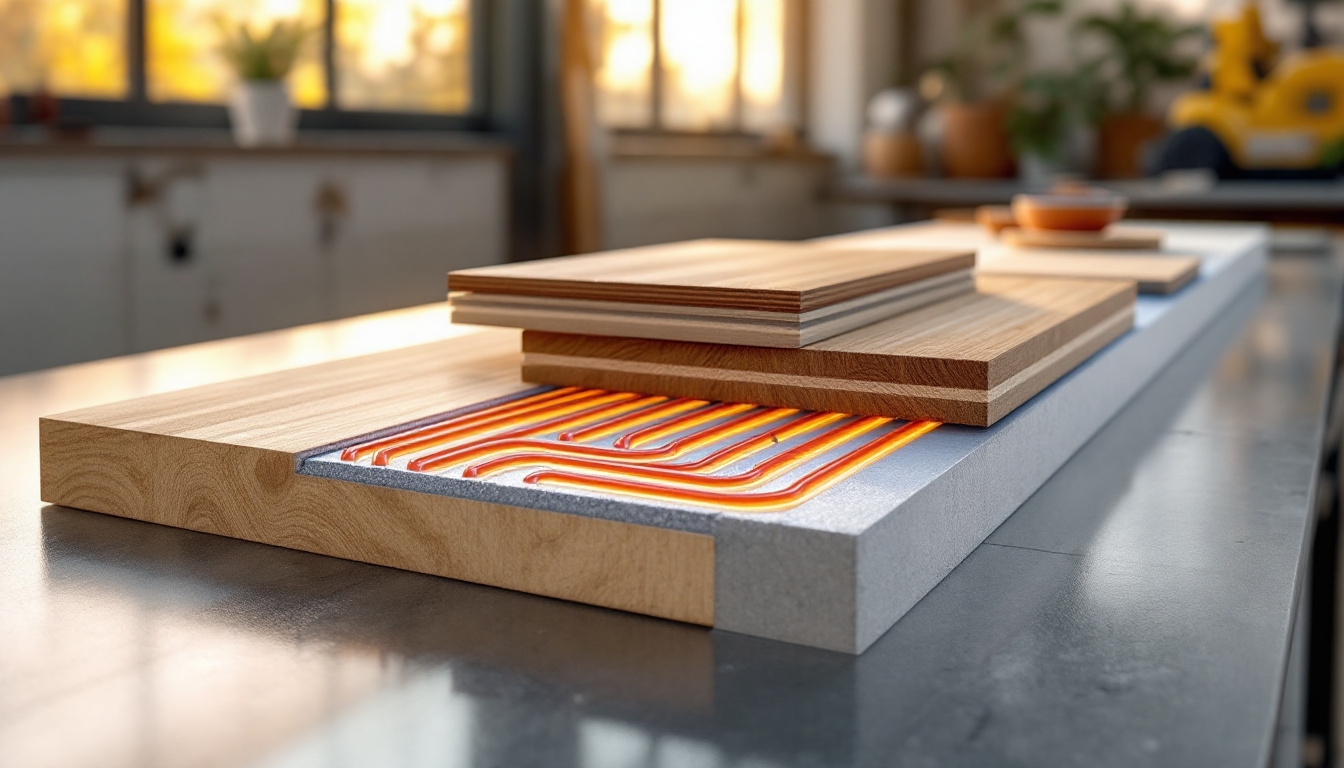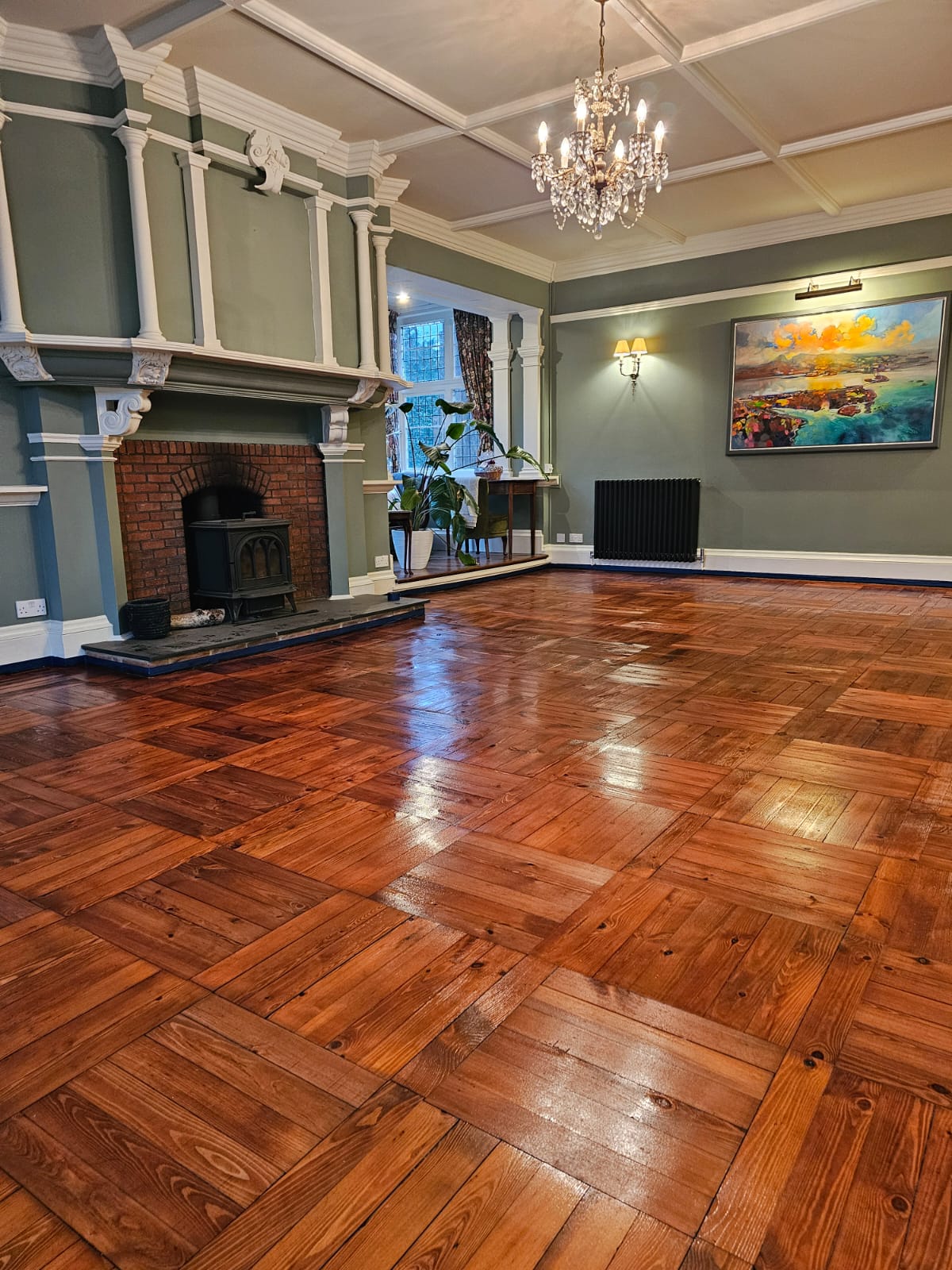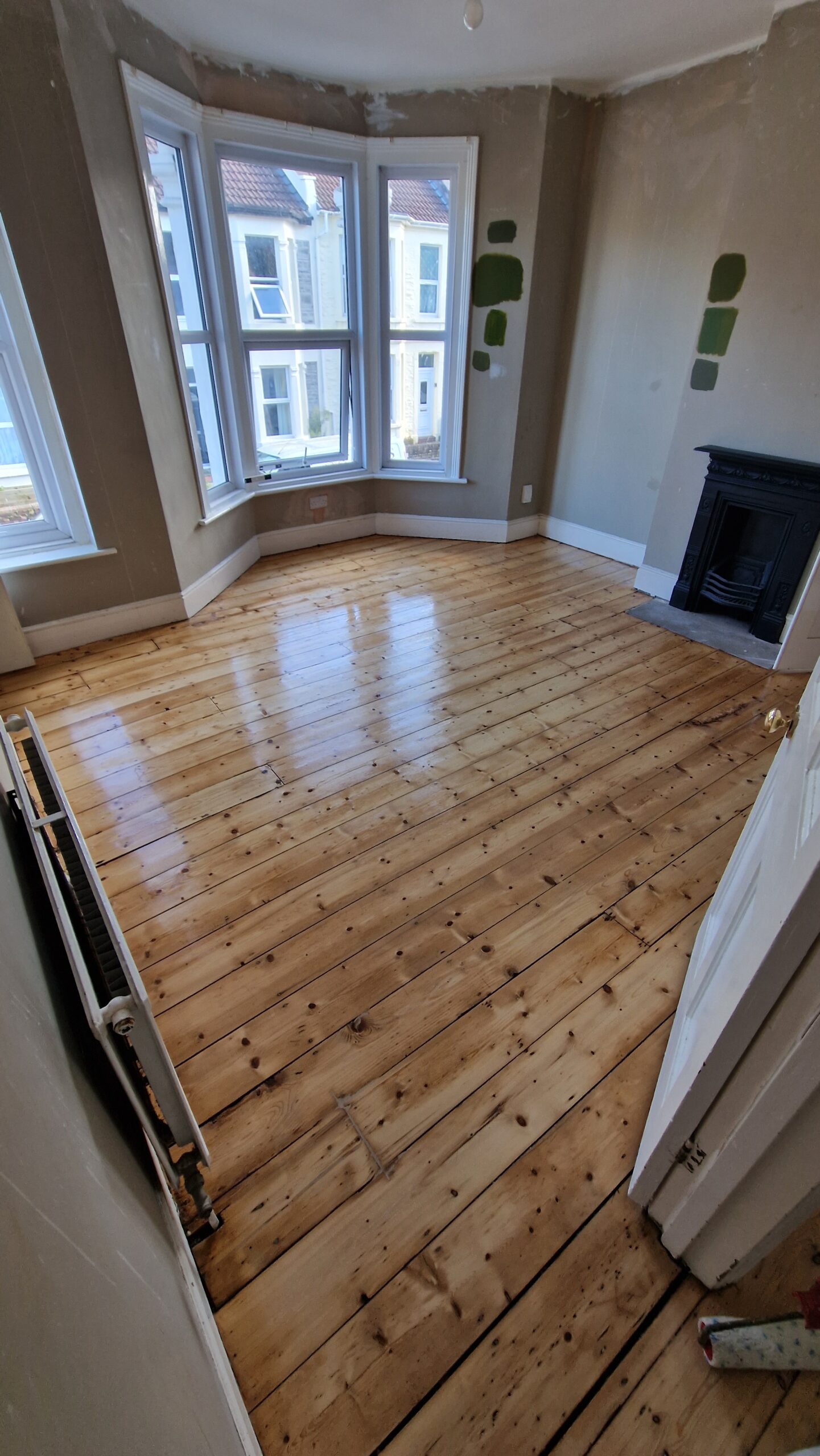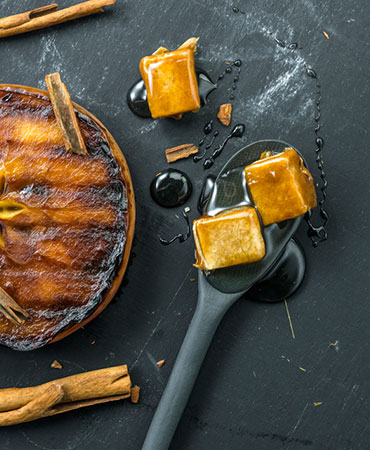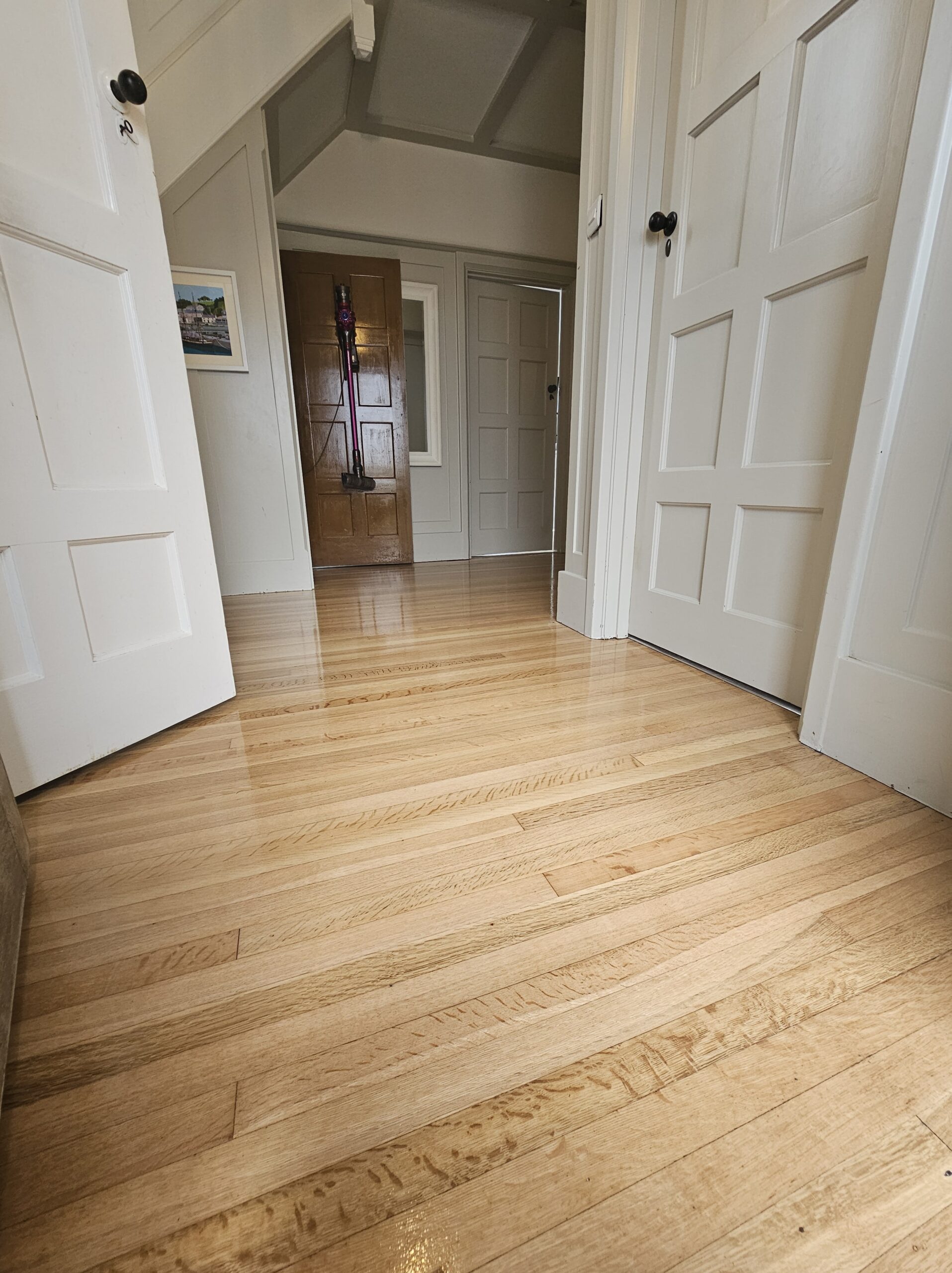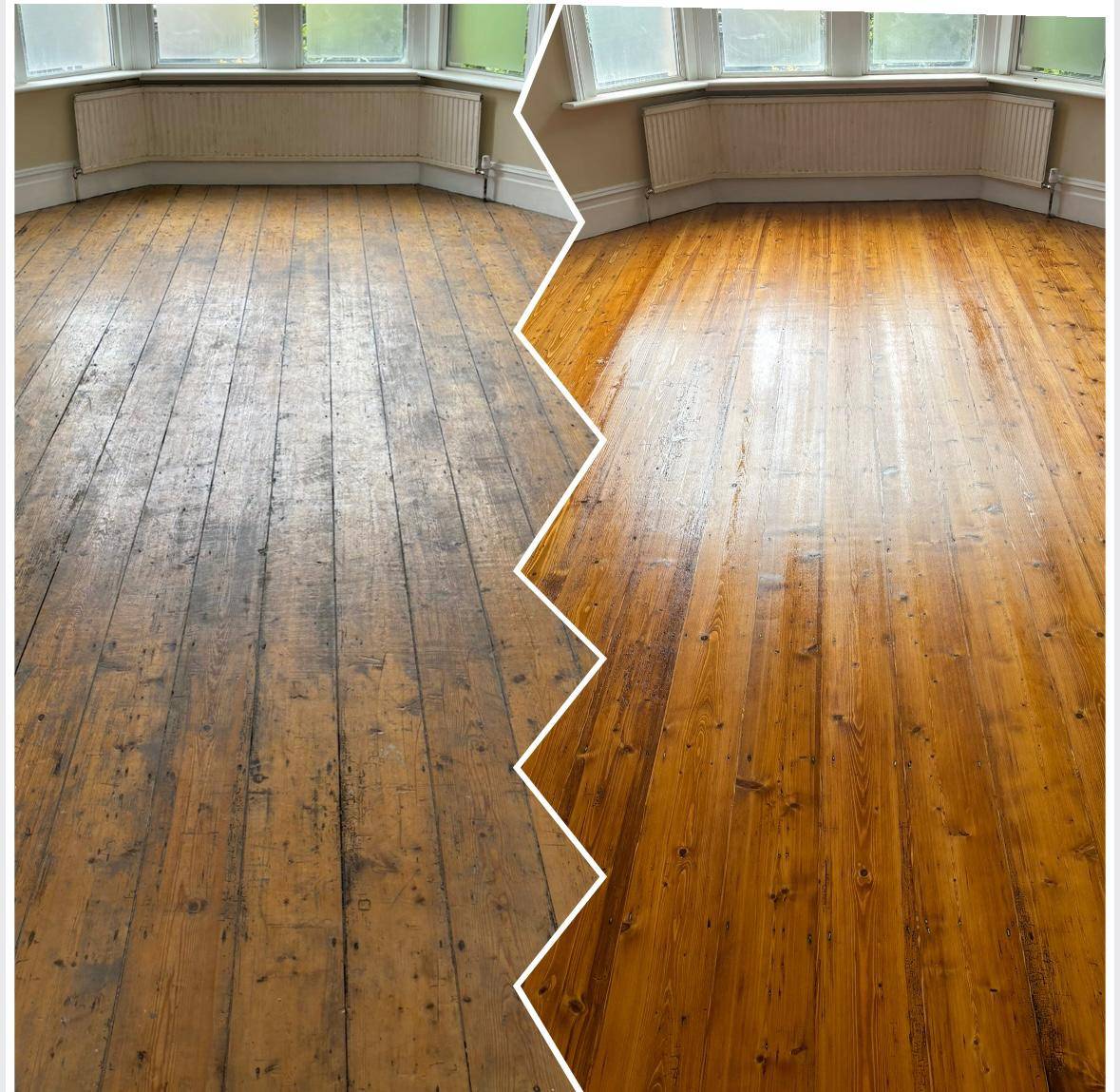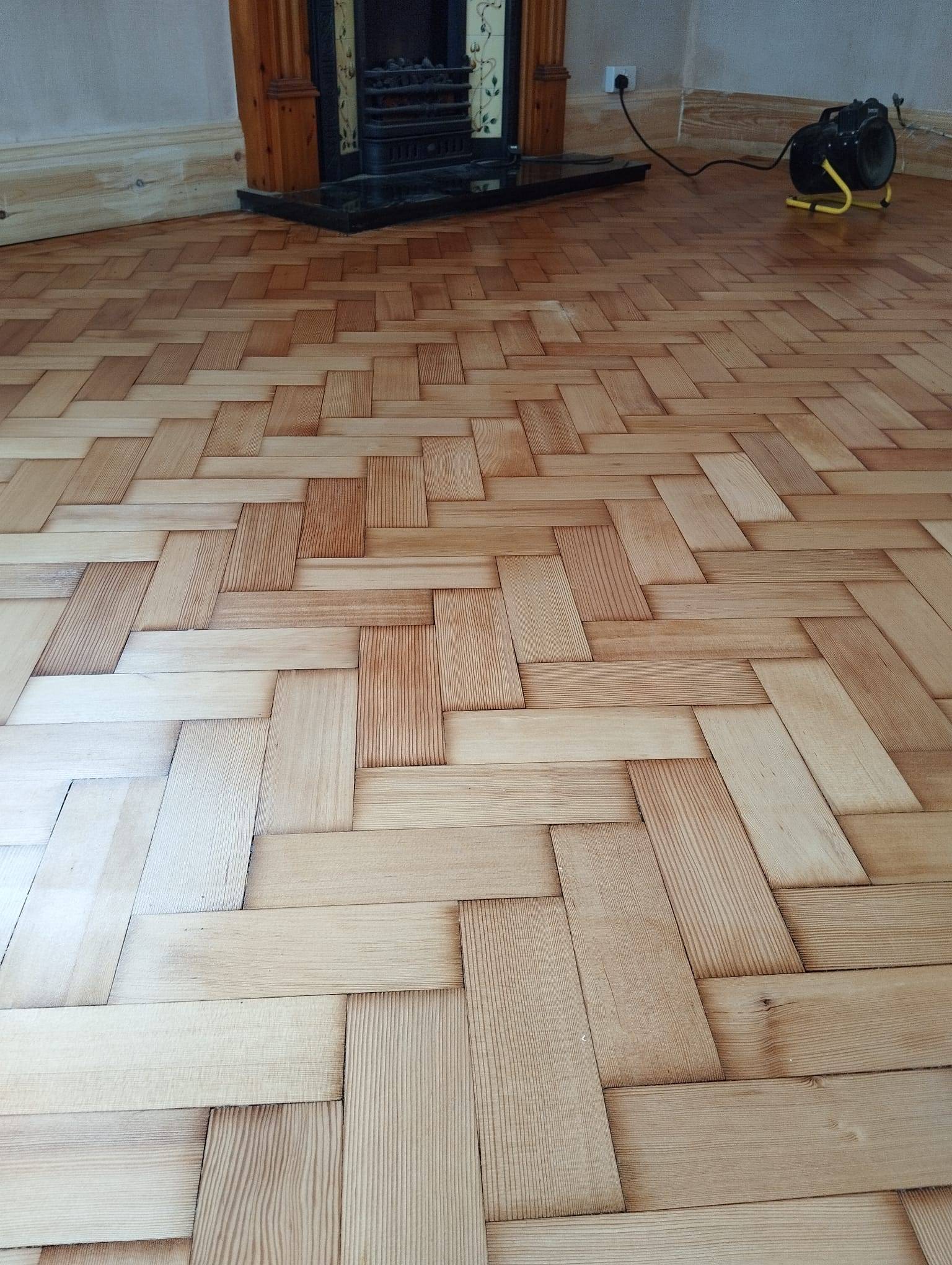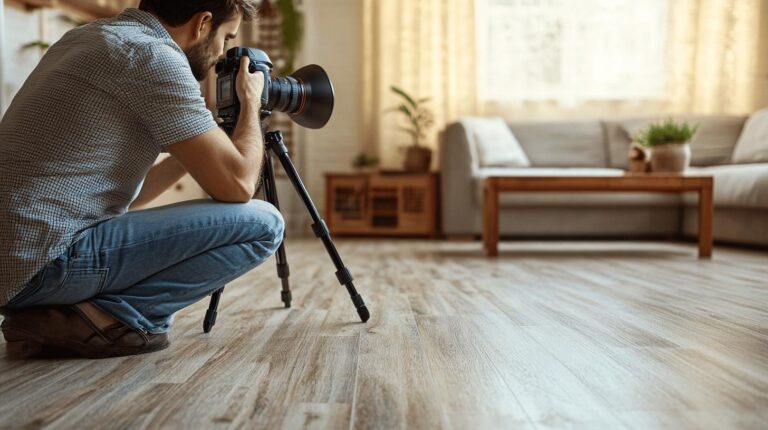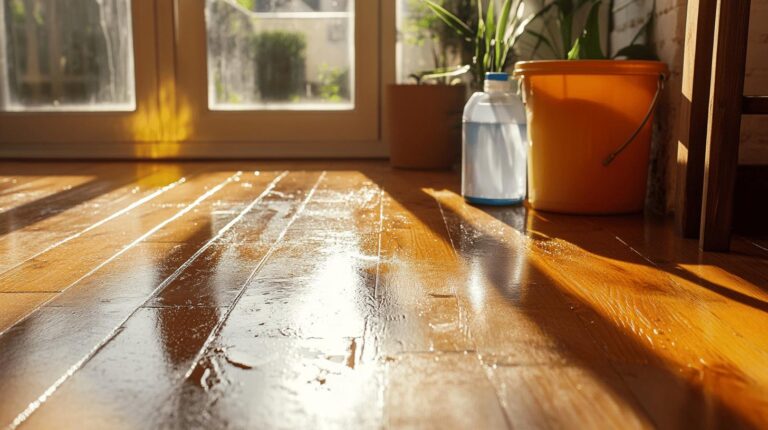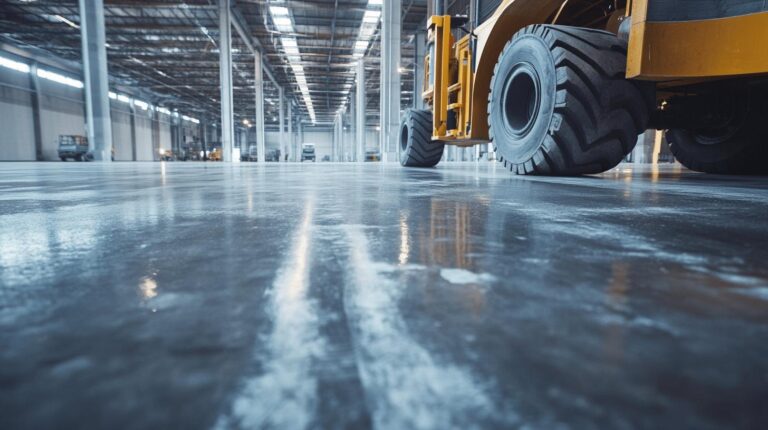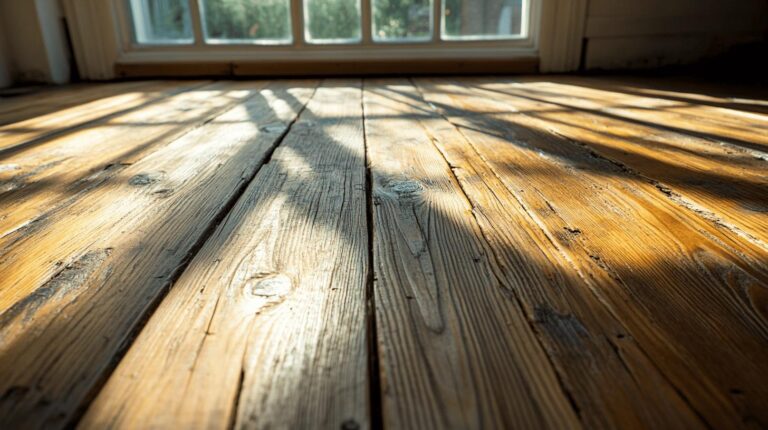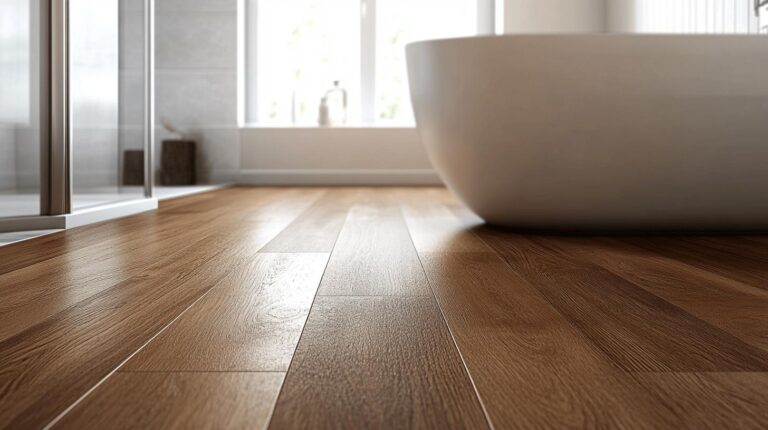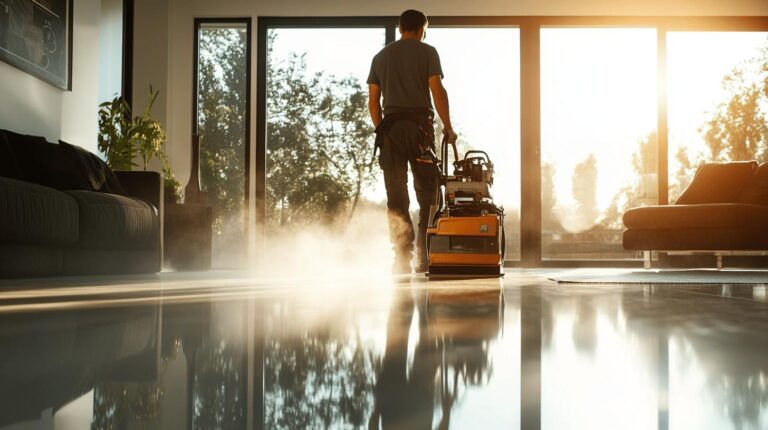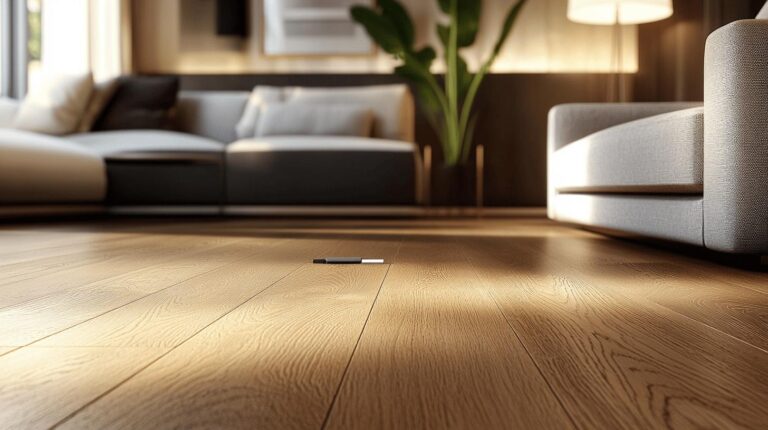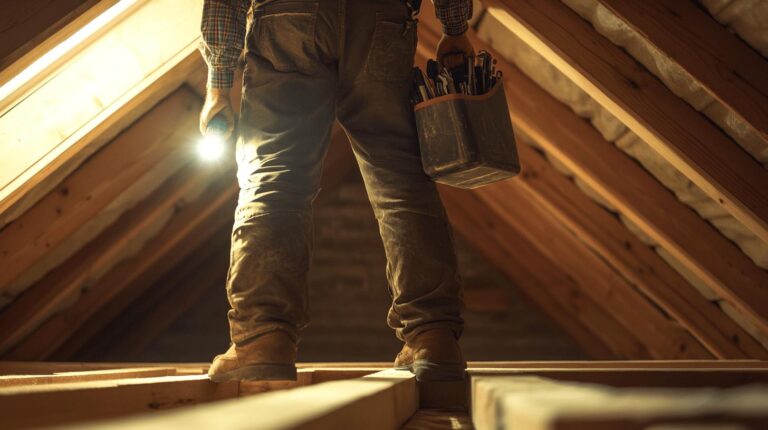Can underfloor heating really enhance the beauty and functionality of your wood floors, or is it just a costly indulgence? As homeowners increasingly seek comfort and efficiency, underfloor heating offers an attractive solution. But what impact does it truly have on your wooden flooring? In this detailed analysis by Ryan’s Restoration, discover how underfloor heating complements wood floors, the types of wood that are most compatible, and the steps necessary to ensure their longevity and stability. Uncover the ways to enjoy a warm home without compromising the aesthetic and value of your cherished wooden floors.
Understanding the Compatibility of Wood Flooring with Underfloor Heating
Compatibility between wood flooring and underfloor heating is crucial for optimal performance and longevity. The right choice of wood ensures efficient heat conduction and maintains the floor’s aesthetic appeal. Various wood types offer different levels of compatibility, making it vital to understand which options best suit your underfloor heating system.
Parquet flooring and engineered wood are the most suitable choices for underfloor heating. Engineered wood is composed of multiple layers, granting it enhanced stability and resistance to changes in temperature and humidity. This layered construction allows it to effectively handle the thermal expansion and contraction associated with underfloor heating. Parquet flooring, known for its pattern-based assembly of small wood pieces, also benefits from similar stability properties, providing excellent heat conduction. These flooring options support efficient energy use and are less prone to warping or cracking under heat exposure.
When considering timber flooring made from natural hardwood for underfloor heating, there are additional factors to address. While timber offers natural beauty and durability, it can be more susceptible to expansion and contraction due to temperature fluctuations. Solid wood floors, in particular, require consistent environmental conditions to avoid issues like warping or gaps. Homeowners need to balance aesthetic preferences with practical considerations, ensuring proper installation and maintenance to mitigate potential challenges. This makes engineered wood a preferred choice for many, offering a compromise between the natural allure of timber and the functional demands of underfloor heating.
Effects of Heat on Wood Flooring Stability and Longevity
Underfloor heating (UFH) can significantly impact the stability of wood flooring through thermal expansion. How does thermal expansion affect wood floor stability? When wood is exposed to heat, it naturally expands; this can lead to gaps, warping, or buckling if not managed properly. The effects of thermal expansion are more pronounced in solid wood compared to engineered wood, which is designed to withstand such changes better. Engineered wood, with its layered construction, offers greater resilience against thermal expansion, maintaining stability even under fluctuating temperatures. Thinner wood boards are particularly effective in conducting heat, reducing the intensity of expansion by allowing heat to dissipate evenly across the floor surface.
Moisture is another critical factor in the performance of wood flooring with underfloor heating. How does moisture affect wood floors? Variations in humidity can lead to moisture imbalances, causing the wood to swell or shrink. The presence of underfloor heating can exacerbate these conditions, increasing the risk of warping and gaps. Maintaining the ideal floor surface temperature, which should not exceed 27 degrees Celsius, is essential in mitigating these issues. Proper installation and maintenance are crucial in managing moisture levels and ensuring the longevity of wood floors. By controlling both temperature and humidity, the natural look and durability of wood floors can be preserved.
- Use engineered wood for greater stability against thermal expansion.
- Regular wood floor restoration and maintenance are conducted to monitor and adjust humidity levels.
- Ensure the subfloor and UFH system are properly insulated.
- Avoid exceeding the recommended floor temperature of 27°C.
- Facilitate gradual temperature changes to minimise stress on the wood.
Installation Guidelines for Underfloor Heating with Wooden Floors
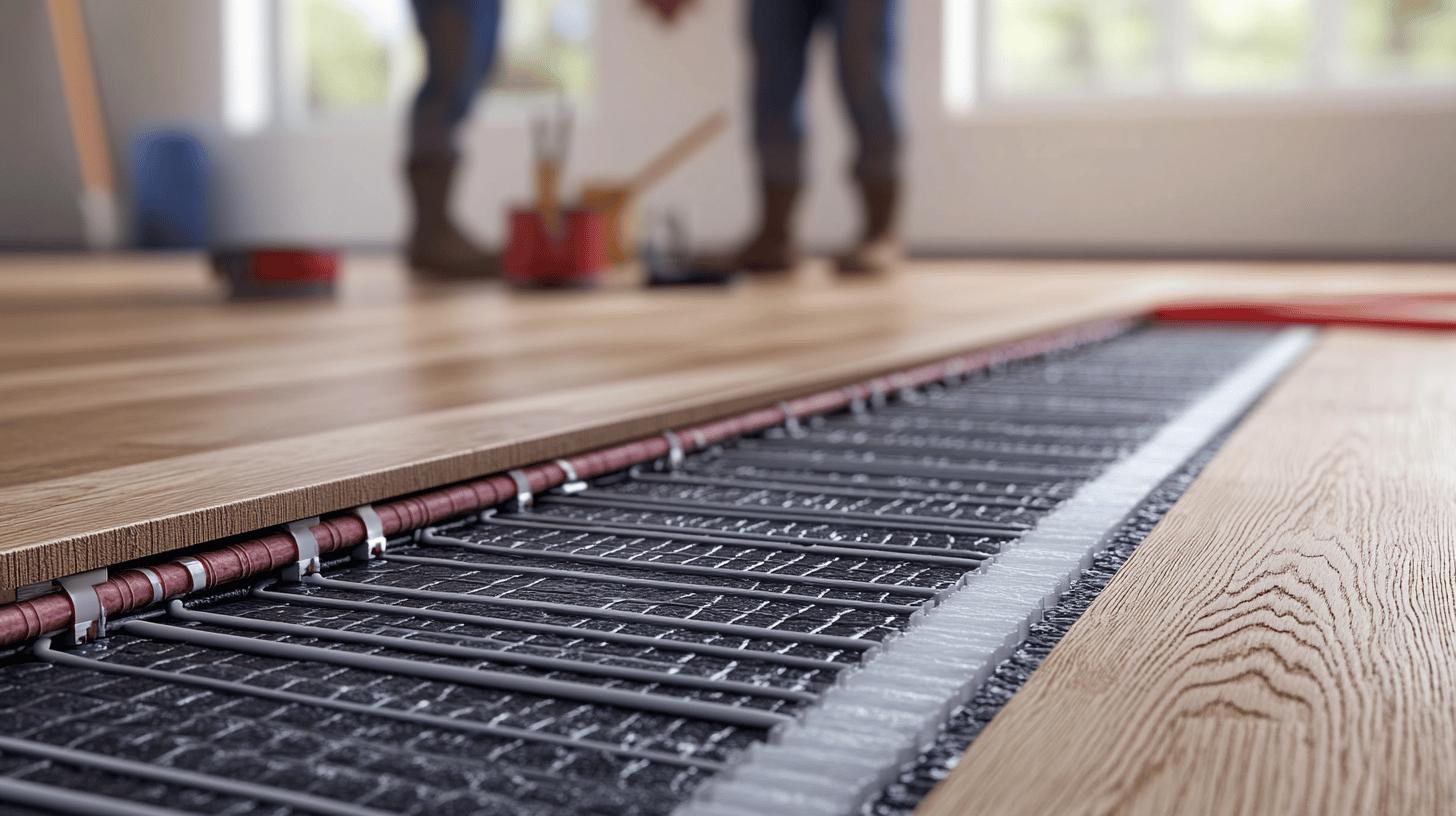
Preparing the subfloor is a critical step in the installation of underfloor heating systems with wood flooring. What is the importance of subfloor preparation? Proper subfloor preparation ensures a stable and even surface for installing both the heating system and the wood floor. The subfloor should be clean, dry, and level to prevent future issues such as uneven heating or floor instability. Insulating the subfloor is also vital, especially in older buildings, to enhance heat efficiency and prevent heat loss. This ensures that the heating system operates efficiently and maintains the wood floor’s integrity over time.
The installation process requires careful attention to detail to ensure compatibility between the wooden floor and the underfloor heating system. What are the key steps in the installation process? First, verify that the underfloor heating system is functioning correctly before laying the wooden floor. It’s essential to follow the manufacturer’s instructions meticulously for both the heating system and the wood flooring. This includes leaving an expansion gap of 15 to 20mm around the perimeter to accommodate the natural expansion and contraction of the wood due to temperature changes. This gap is crucial in preventing potential buckling or warping of the floorboards as they expand.
Expert guidance from Ryan’s Restoration can make a significant difference in the successful installation of underfloor heating with wooden floors. Using insights from seasoned professionals, what are some expert tips for installation? Ensure that the heating system is tested thoroughly before the wooden floor is laid to confirm its operational status. Additionally, selecting the right type of wood, such as engineered wood, can offer enhanced stability and reduce the risk of thermal expansion-related issues. It’s also advisable to gradually increase the temperature of the heating system after installation to allow the wood to acclimate slowly and reduce stress on the materials.
| Installation Step | Key Consideration |
|---|---|
| Subfloor Preparation | Ensure a clean, dry, and level surface; insulate to enhance efficiency. |
| System Testing | Test the underfloor heating system prior to laying the wood flooring. |
| Expansion Gap | Leave a 15-20mm gap to accommodate wood expansion. |
Maintenance Tips for Wooden Floors with Underfloor Heating
Proper temperature regulation is crucial for maintaining wood floors with underfloor heating. How can temperature changes be managed effectively? Gradual adjustments are essential, with increases not exceeding 2-3°C per day to prevent stress on the wood. This slow change helps the flooring adapt to new temperature levels, reducing the risk of warping or gaps. Maintaining a consistent room temperature within the recommended range of 17-21°C also plays a significant role in preserving floor integrity. Steady temperature conditions ensure that the wood’s structural stability is not compromised by sudden fluctuations.
Humidity management is another key factor in maintaining the quality and appearance of wooden floors with underfloor heating. What humidity levels are ideal for wood floors? Keeping the relative humidity between 40-60% is optimal to prevent the wood from swelling or shrinking excessively. This range helps maintain the natural balance of moisture within the wood, mitigating the risk of moisture imbalance-related issues. By controlling humidity, homeowners can avoid common problems such as warping, ensuring the longevity and beauty of their wood floors.
- Gradually increase temperatures by no more than 2-3°C per day.
- Maintain room temperature between 17-21°C.
- Keep relative humidity levels between 40-60%.
- Regularly check for signs of moisture imbalance or warping.
Choosing the Right Wood Flooring for Heated Floors
When selecting wood flooring for underfloor heating, how do solid wood and engineered wood compare? Engineered wood is generally preferred due to its superior performance under heating conditions. Unlike solid wood, which consists of a single layer, engineered wood is made up of multiple layers bonded together, creating a stable structure. This construction allows engineered wood to withstand temperature fluctuations and humidity changes better than solid wood, reducing the risk of warping or gaps. Additionally, engineered wood is more affordable and offers a wide variety of designs, making it an attractive option for homeowners looking to combine aesthetics with functionality.
Which wood species are particularly beneficial for underfloor heating? Oak stands out as one of the best choices for underfloor heating systems, and with proper wood floor sealing, it maintains its durability for years. Known for its excellent thermal conductivity, oak effectively transfers heat from the system to the room, enhancing energy efficiency. Its robust construction stability ensures that it remains durable and resistant to the effects of temperature changes. The natural beauty of oak also adds a timeless appeal to any space, making it a popular choice among homeowners seeking both practicality and elegance.
| Wood Type | Advantages |
|---|---|
| Engineered Wood | Superior stability, affordability, wide design variety |
| Solid Wood | Natural beauty, but less stable under heat |
| Oak | Excellent thermal conductivity, durable, timeless appeal |
Addressing Common Challenges with Heated Wood Floors

What are the primary challenges of using underfloor heating with wood floors? Overheating and uneven heating are significant concerns, especially in older properties that may lack proper insulation. Without sufficient insulation, heat may escape, leading to inefficient heating and potential damage to the wood flooring. The risk of overheating can cause the wood to expand excessively, resulting in warping or gaps. Uneven heating can also lead to hot spots, where some areas of the floor become too warm while others remain cooler, exacerbating the risk of damage and reducing overall comfort.
How can these issues be mitigated? Implementing solutions such as thermostatic sensors and enhanced insulation can help maintain consistent floor temperatures. Thermostatic sensors monitor and regulate the temperature of the underfloor heating system, ensuring it stays within safe limits for wood floors, typically not exceeding 27°C. Insulating the subfloor is crucial, as it prevents heat loss and ensures even heat distribution across the wood surface. This not only improves energy efficiency but also helps in maintaining the structural integrity of the wood flooring by reducing thermal stress.
Ryan’s Restoration offers practical tips for preventing common issues like warping and moisture imbalance. What are these expert recommendations? First, ensure the underfloor heating system is installed correctly by following the manufacturer’s guidelines and conducting thorough testing before laying the wood floor. Proper acclimatization of the wood flooring prior to installation is essential, allowing it to adjust to the ambient conditions. Additionally, maintain a consistent humidity level between 40-60% and avoid rapid temperature fluctuations. Regular inspections and maintenance of both the heating system and the wood floor can identify potential issues early and prevent long-term damage.
Final Words
Understanding the impact of underfloor heating on wood flooring is crucial for successful installation and long-term performance. Engaging with the compatibility of engineered and timber flooring ensures that challenges, such as thermal expansion or moisture imbalance, are managed effectively. By adhering to comprehensive installation guidelines and maintaining optimal temperature and humidity levels, homeowners can maximise the benefits of underfloor heating while preserving their floors’ aesthetic and functional value. Ultimately, selecting the right wood and following maintenance practices can lead to a satisfying experience, enhancing both home aesthetics and value.
FAQ
Q: What are the problems with underfloor heating wood floors?
A: Problems with underfloor heating wood floors include potential warping, expansion, and moisture imbalance. Proper installation, temperature regulation, and maintenance can mitigate these issues effectively.
Q: Can you have wood flooring with underfloor heating?
A: Yes, both engineered wood and parquet flooring are compatible with underfloor heating due to their stability and thermal conductivity.
Q: What flooring is not suitable for underfloor heating?
A: Solid hardwood floors can be less suitable due to potential expansion and contraction issues. Always check manufacturer guidelines for compatibility.
Q: What temperature should underfloor heating be on wood floors?
A: The temperature for underfloor heating on wood floors should not exceed 27 degrees Celsius to prevent damage and compromise of the wood’s integrity.
Q: How does engineered wood compare to solid wood for underfloor heating?
A: Engineered wood is preferred due to greater stability under varying temperatures and humidity, making it more suitable for underfloor heating systems.
Q: What is the best thickness for engineered wood flooring for underfloor heating?
A: The best thickness for engineered wood flooring is generally between 15-20mm, allowing for effective heat conduction and maintaining floor stability.
Q: What are the advantages of using oak for heated floors?
A: Oak is advantageous for heated floors due to its excellent thermal conductivity and construction stability, allowing for even heat distribution.
Q: How do you maintain wood floors with underfloor heating?
A: Gradual temperature changes and maintaining humidity between 40-60% are key to preventing warping. Daily basic maintenance and regular checks prevent moisture imbalance.
